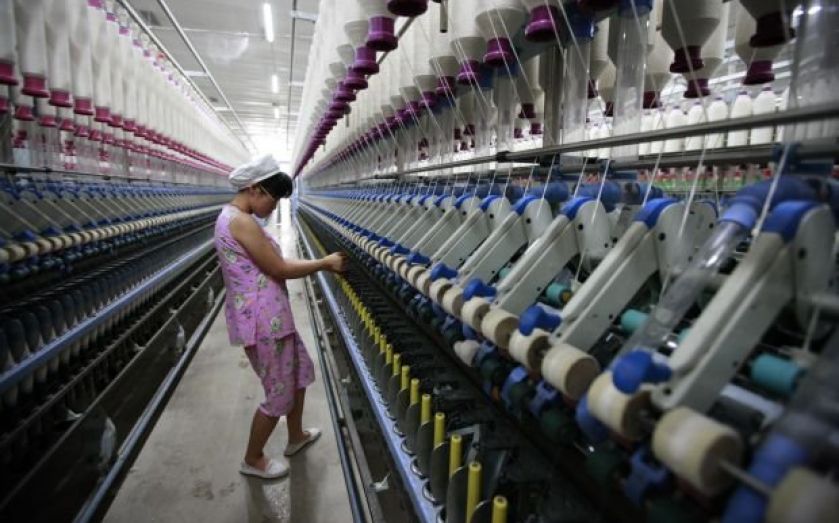| Updated:
East Asian manufacturing firms signal return to growth in June

Industrial companies in China and Japan reported that business expansion had restarted again this month, after periods of stagnation and contraction.
HSBC’s purchasing managers’ index (PMI) for the Chinese manufacturing sector registered a score of 50.8, above the mark that signals an expansion for the first time since the end of last year.
The employment sub-index is still below the 50 mark, and some analysts have questioned whether the country will be able to reach the government’s 7.5 per cent growth target this year.
“This month's improvement is consistent with data suggesting that the authorities’ mini-stimulus are filtering through to the real economy,” said HSBC’s chief China economist, Hongbin Qu.
Nomura’s PMI figure for Japan’s manufacturing firms also illustrated a return to growth. The index climbed to 51.1 after two months below the neutral level, following the impact of a hike in the country’s consumption tax.
Yesterday’s figures are good news for Japanese Prime Minister Shinzo Abe, who is hoping that strong monetary support will help the economy to power through the shock of Japan’s first sales tax hike since 1997.
WHAT’S GOING ON WITH CHINA’S ECONOMY?
The Chinese economy regularly saw GDP growth at double digit levels in the years preceding the financial crisis. Now, some analysts say that the economy will likely be expanding by only five per cent in the years ahead.
The government’s target for an annual expansion of 7.5 per cent looks less and less likely as time passes: some forecasters do not even believe such a level will be met this year.
China has a problem that some Western nations may envy: too much investment. During the boom years, capital spending drove the country’s growth and helped to rapidly modernise infrastructure, but has also manifested itself as over-investment in the property market, and the famous ghost towns which litter the country.
With access to cheap credit, local government and state-owned enterprises may have significantly over-extended themselves, creating more capacity in some sectors than China is able to meet. The International Monetary Fund has warned in the past that if the cost of financing such investment has been mis-priced by government guarantees and intervention, a correction could be painful.
This excess of investment is part of the reason that the government promotes financial liberalisation and more market-driven prices, though talk is more common than action.